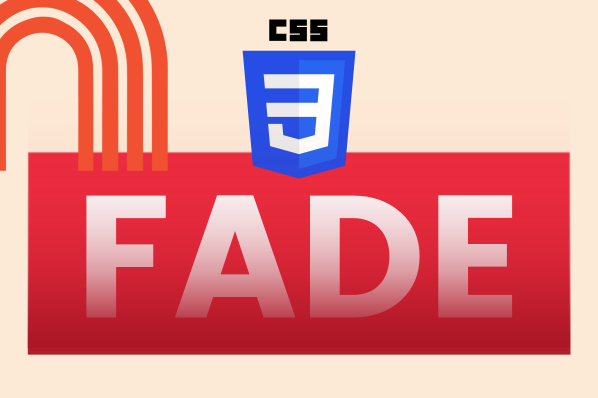What is SVG CSS animation?
Scalable vector graphics (SVG) is a type of image format specifically used for vector graphics on the web. With SVGs, you can store information about shapes and colors as code instead of pixel data. This allows you to scale designs without losing any quality or detail.
SVGs’ scalability makes them incredibly powerful when creating animations that need to be responsive across different sizes and resolutions. In SVG CSS animation, web designers use code to make SVG images move as the coder intends.
When should you use SVG CSS Animations?
SVG CSS animations are great for creating small, lightweight animations that can be easily added to any website. They also work best when animating elements that are repeated throughout a website or application, such as a logo animation.
Another advantage of SVG CSS animations is that they are relatively easy to create. You don’t need any special software. All you need is some CSS knowledge and the willingness to play around with different CSS properties to get your desired effect.
Now let's discuss how to create an SVG CSS animation.
How To Create SVG CSS Animations with Examples
1. Start with a static SVG.
The first step in creating an animation using CSS is to start with a static SVG. This means you will create the basic shapes and colors that you want without any CSS properties applied yet.
Here’s a simple example of a static SVG for a rectangle.
2. Add CSS properties to animate the SVG.
Once you have your static SVG, you can start adding CSS properties that will give your SVG elements motion and life.
For example, you can use CSS properties including transform, animation, transition, and keyframes to animate the SVG. That includes changing the position, size, color, and shape of your SVG elements.
Let’s dive into the code below.
This code will cause the rectangle to continuously rotate for five seconds with a smooth transition between each rotation.
3. Add CSS properties to control the animation.
Now that you have CSS properties applied to your SVG element, you can start controlling how it moves and behaves.
You can use CSS properties such as CSS-animation-delay, CSS-animation-duration, CSS-animation-iteration-count, and CSS-animation-timing-function to refine the behavior of your animations.
For example, the code below will cause the rectangle to pause for two seconds before starting its animation. The rectangle will rotate for four seconds with a smooth transition between each rotation, repeating three times in total.
4. Add CSS properties to create more complex animations.
Once you’ve got the basics down, you can start adding CSS properties that will allow you to create even more complex SVG CSS animations.
You can use CSS transforms such as skewX, scale, rotate, and translate to create more dynamic movement. You can also use CSS properties such as CSS-animation-fill-mode, CSS-animation-direction, and CSS-animation-play-state to further customize your animations.
The code below will cause the rectangle to pause for two seconds before starting its animation. The shape will rotate for four seconds with a smooth transition between each rotation, alternate direction, and continue in the last frame of the animation when it’s done.
With some knowledge of CSS properties and a bit of experimentation, you can create beautiful SVG CSS animations that can be used on any website or application. Whether you’re creating simple logo animations or intricate motion graphics, CSS animation is a great way to bring life and movement to your designs.
Examples of SVG CSS Animations
Now that we’ve gone over the basics of SVG CSS animations, let's look at some examples to get inspired.
SVG CSS animations can be used to create intriguing hover effects, such as this expanding circle effect on the CodePen blog.

You can also use CSS animation properties to animate a SVG logo when a user hovers their mouse over it. This is a great way to add personality to a website without having to resort to slow-loading gif images. Here’s an example from animejs.com:

Another popular example of CSS animation with SVG elements is creating animated icons that are simple yet eye-catching. Here’s an example of falling text from Codrops that uses CSS animation keyframes. This animation is often used to give logos movement.
Apply SVG CSS animation in your projects.
SVG CSS animations are a great way to add some visual interest and motion to your website or application. They also don’t require any special software, so you can get started with CSS animation right away.
With this powerful technique, you can combine SVG elements with the power of CSS to create beautiful animations that bring your website to life. It may take practice to get the hang of SVG CSS animation but once you do, you'll be able to create amazing experiences for your users.
CSS Animation



![Creative and unique CSS animation examples that bring websites to life [+ code]](https://53.fs1.hubspotusercontent-na1.net/hubfs/53/how-to%20(1).png)







